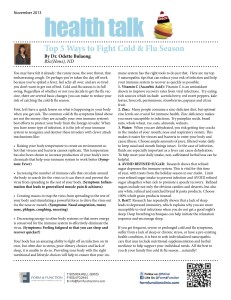3 Healthy Heart Changes in 3 Weeks…Are you up to the challenge?
It is Heart Health Awareness Month and a fantastic opportunity to make healthier choices for you heart.
To help you, I have developed my first ever Healthy Heart Challenge and I am challenging myself and all of you to join me!
THE CHALLENGE: Make 3 heart healthy choices every day for 3 weeks. These lifestyle choices have been shown to decrease risk factors for developing heart disease.
- Eat 4 servings of fruits & vegetables daily.
- Eat 1 serving of nuts & 2 servings of healthy oil daily.
- Be physically active for 150 minutes over the course of 1 week.
These 3 choices were chosen for their effectivity & simplicity. With our busy lives, they can be anything but simple to follow through with. I thought the idea of a community challenge to help keep one another motivated would be a great way to make these changes more achievable.
THE REWARD: Reduce your risk of heart disease. Improve your overall health & well-being.
START DATE: Sunday, February 8th, 2015
END DATE: Saturday, February 28th, 2015
For complete details please follow this link.
I hope you join me in this challenge!
Good luck to you all,
Dr. Odette Bulaong, ND



